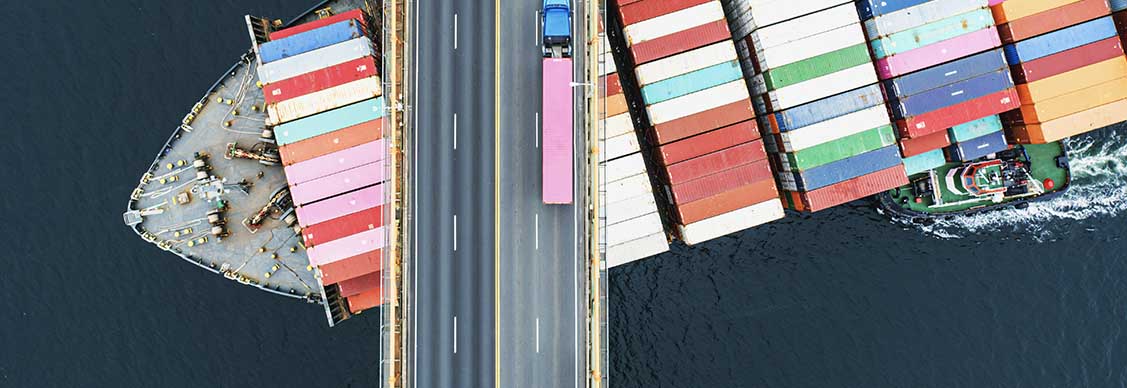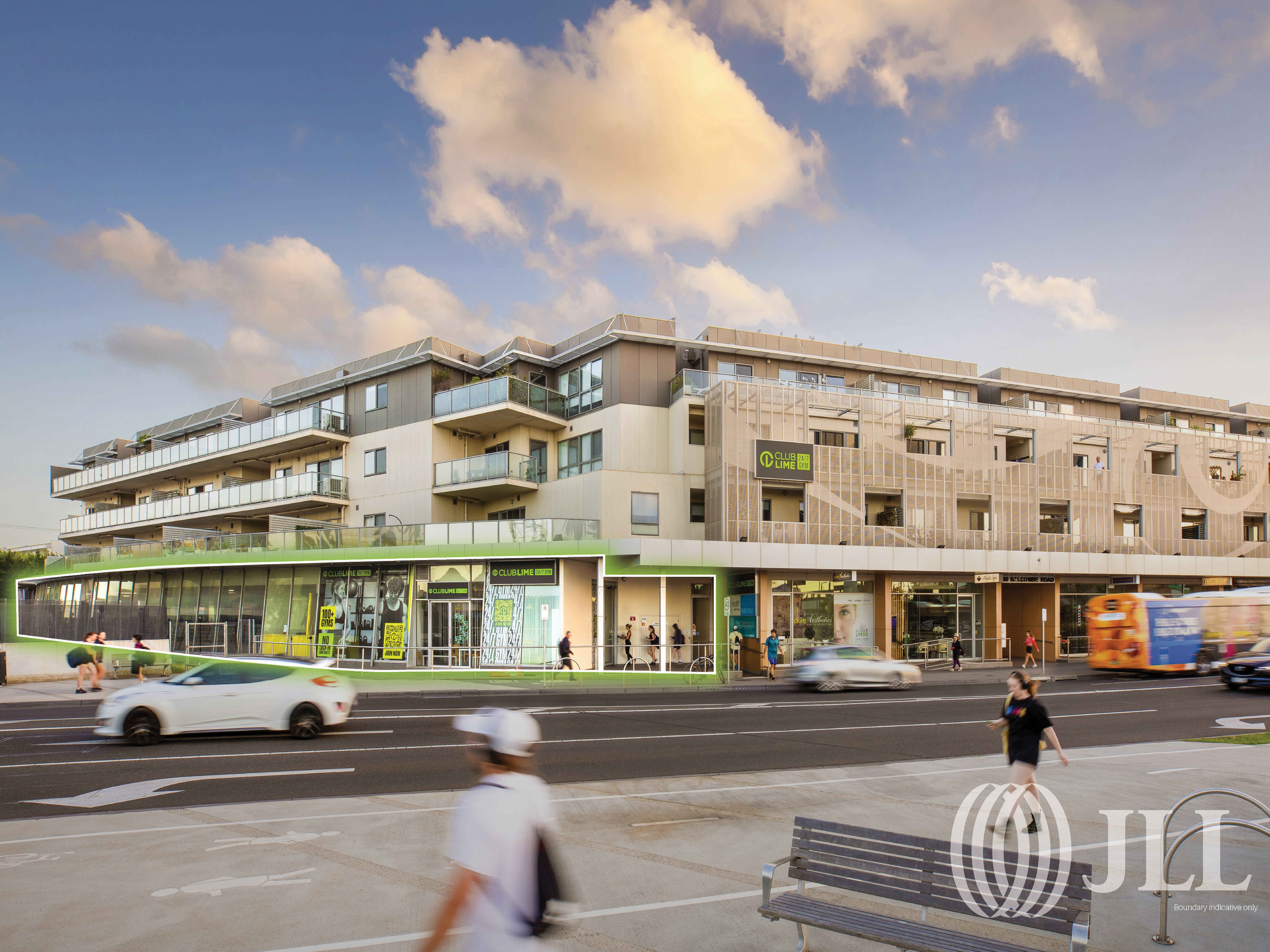Warehousing strategies in focus amid Suez Canal disruption
Disrupted supply chains are testing resilience and raising more questions
Recent attacks on ships in the Suez Canal are again pushing companies to revisit their longer-term logistics and warehousing strategies.
Ships unable to use the canal – through which around 12% of global trade and 30% of the world’s containers pass – have been waiting in safe locations, stuck at sea or forced to take longer routes. It’s the latest disruptive event in recent years to drive companies to look at their mitigation strategies.
“Long delays and higher costs are quickly becoming commonplace,” says Lisa Graham, Director of EMEA Industrial & Logistics Research & Strategy at JLL. “As goods face delays, companies are reviewing their inventory management strategies even further.”
The current scenario reiterates what many companies have been grappling with since the pandemic – and, indeed by the blocking of the Suez Canal in 2021, when a crashed container ship blocked the key trade route for six days.
“There’s been a growing realization that over-reliance on one route, region or country is unwise,” says Graham.
Ship use of the Suez Canal has fallen around 20% year-on-year, according to the International Monetary Fund’s PortWatch platform.
Looking for more insights? Never miss an update.
The latest news, insights and opportunities from global commercial real estate markets straight to your inbox.
Inventory management
Even a year ago, supply chain monitoring, tracking and visibility solutions were a technology investment priority, according to JLL research.
Moving from just-in-time to just-in-case inventory management can help diversify the locations where inventories are held, Graham says.
“Reducing reliance on a factory or suppliers in one region, through reshoring a portion of the former and expanding the latter to, or close to, Europe, is becoming a strategy of choice,” she says.
Two solutions are emerging: diversification and fragmentation. The former seeing factories and suppliers move from one region to another; the latter being whereby countries begin to limit their trade partners to those which they see as aligned.
“Diversification has been playing out on a global scale since the pandemic years,” says Graham. “But if fragmentation gains steam in Europe, whose economies rely heavily on intra-regional trade, then reshoring and near-shoring of production and suppliers is likely to accelerate.”
Decisions may be more definitive when plants and suppliers are in countries deemed to be geopolitically riskier, she adds.
But change takes time. Moving a factory to another region, for example, is no small thing.
“It’s costly, and so sourcing additional suppliers in another region is more feasible.” Meanwhile, for ports, knock-on pressure is building. Graham says container spot rates on affected routes are increasing, by as much as 140% between mid-December and late January (see graph). Space located near major trade gateways including ports and airports, trans-modal hubs within Europe and locations near end users (cities and factories), will be in high demand from logistics companies.
Investment Opportunities
Temporary impact on supply
But in terms of supply, any impact, Graham says, should be temporary. Current weak consumption and low demand for goods in Europe means that any knock-on effect is expected to be minimal.
“There’s still low growth in goods demand, which means goods and parts shortages are unlikely – and there’s little need right now for additional safety stock, with inventory levels outpacing demand,” Graham explains.
With demand for goods currently in a lull that has led to as much as a 20% inventory surplus, safety stock is not a big concern for the moment.
“Unexpected events disrupting supply chains continue to emphasize the need for both robust contingency plans and flexibility in logistics operations,” Graham concludes.
Contact Lisa Graham
Director, EMEA Industrial & Logistics Research & StrategyWhat’s your investment ambition?
Uncover opportunities and capital sources all over the world and discover how we can help you achieve your investment goals.




